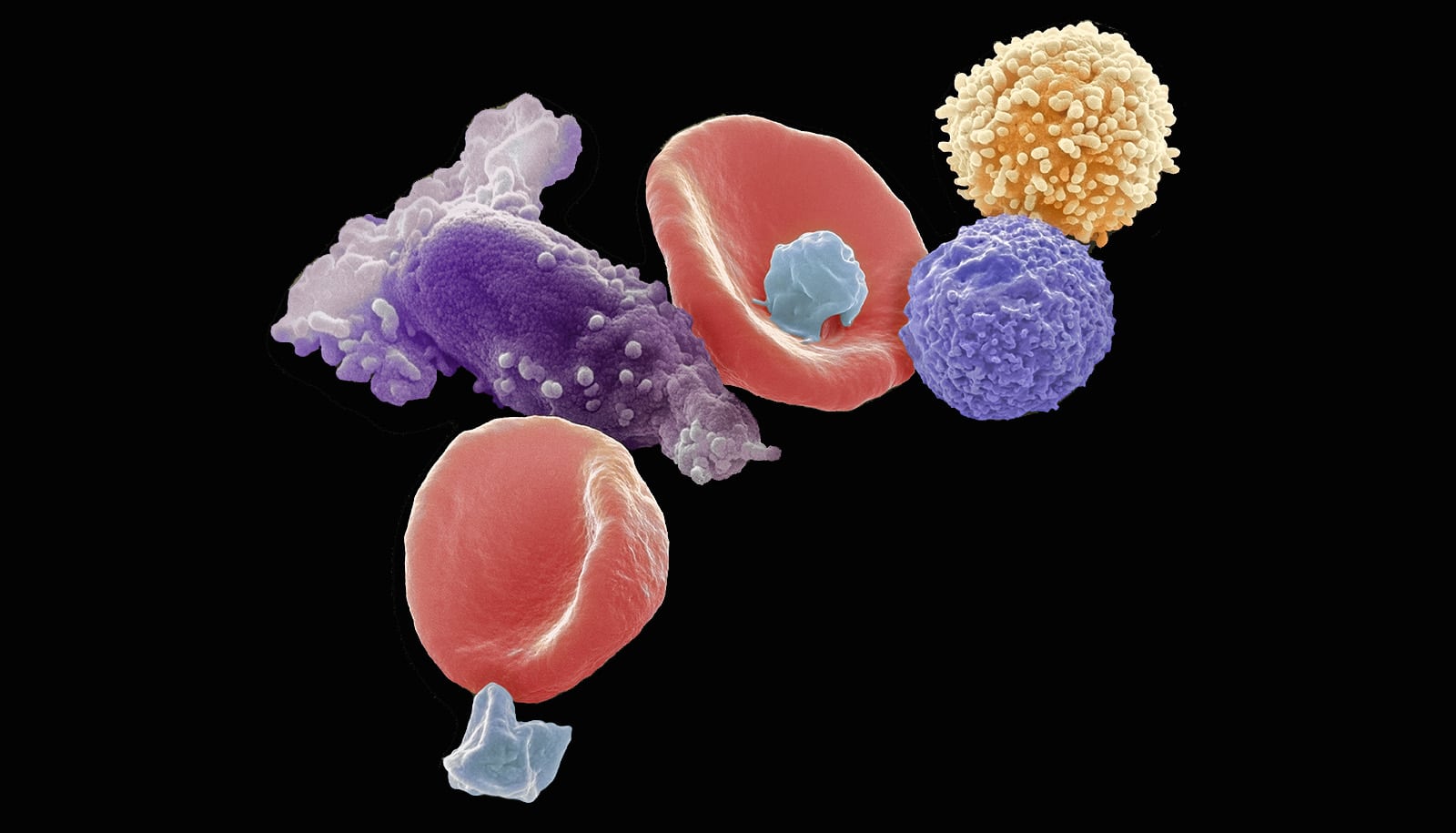PFAS are potentially harmful chemicals that can be found in common, everyday products and most drinking water.
They are known as “forever chemicals” because they do not break down over time, and health leaders across the country are concerned about the negative effects of long-term exposure.
Here, scientists Martha Susiarjo, associate professor of Environmental Medicine at the University of Rochester Medical Center, and Jing (Jason) Wu, assistant professor of medicine and pharmacology/physiology, share what they know about the chemicals and how they affect our lives:
What are PFAS?
PFAS (per- and polyfluoroalkyl substances) are a group of man-made chemicals that have been widely used in many kinds of industrial and consumer products for decades. They are made of carbon and fluorine molecules that are attached together. The strong bond makes other chemicals unable to break them apart, so they slip off; that’s why PFAS are used for their ability to repel water, oil, and stains, making them popular in products like non-stick cookware, waterproof clothing, and food packaging. However, the chemical bond is so strong that products containing PFAS don’t decay in nature.
Why should I care about them? How do they affect me/my family?
Scientists are concerned that PFAS can build up in some people who are exposed to the chemicals over long periods of time. Since they don’t degrade easily, PFAS can accumulate in the food chain. The main way people are exposed is through eating and drinking contaminated food and water. According to data from the National Health and Nutrition Examination Survey, PFAS are detected in the blood of 98% of Americans.
Studies have linked higher levels of PFAS exposure to a range of health problems, including cancer, liver and kidney damage, cardiovascular diseases, obesity and diabetes, and immune system dysfunction in adults. Pregnant women exposed to PFAS have an increased risk of gestational hypertension and diabetes. Babies in the womb and infants are also vulnerable, as PFAS can get into the placenta and be present in breast milk. Baby and infant exposures can lead to developmental dysfunction and increase disease risk later in life.
How can I avoid PFAS?
There are several actions you can take to minimize your exposure to PFAS:
- Check if you live in regions known to be contaminated by PFAS, and if possible, avoid living in those areas. The EPA PFAS Analytic Tool is a good source.
- Consider using PFAS water filters that are compatible with your Brita pitchers, refrigerator, or whole house filter systems.
- Replace non-stick cookware that is scratched or worn. Teflon coated cookware can release six different volatile gases when heated to temperatures that can be reached within two to five minutes. Consider using stainless steel or cast-iron cookware as a safer alternative.
Source: University of Rochester



